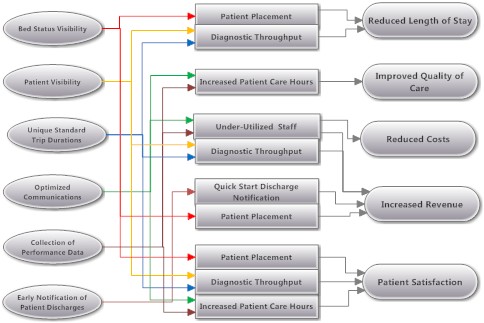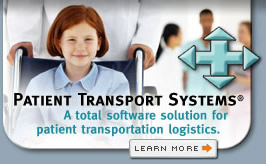Are You Meeting or Missing the Mark?
Perhaps because we call them “patients,” we often forget that patients are also consumers, and the decision-making process applies to hospitals just as it applies to hotels, restaurants, and retail providers. Questions like “Where to get treatment?” “Which doctor to trust?” and “What hospital to support?” are increasingly determined by what other patients & consumers have to say.
Now, according to research provided by PriceWaterhouseCoopers, there is no denying that hospitals are influenced by the growing popularity of online ratings and reviews.
Healthcare Business Tech weighed in on this fairly recent trend, stating, “With the rise of the Internet and social media, today’s customers are more savvy with all their purchases-and have higher expectations. Health care is no different.”
So, what does a review-savvy patient mean for our readers in the healthcare industry? It means that the patient experience, from the moment they walk up to the front desk to the moment they exit the hospital, is now, more than ever, a vital part of your hospital’s success and survival. Having tools in place to create a smooth, efficient patient experience could be the difference between a poor or a positive rating.











